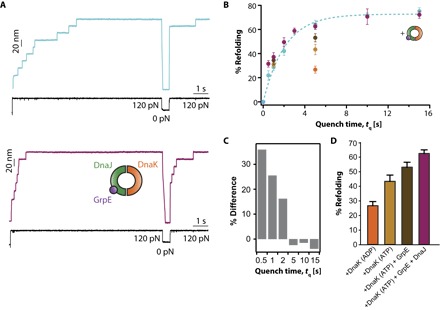Fig. 5. The complete DnaKJE system enhances ubiquitin refolding.

(A) Individual folding trajectories corresponding to low tq = 0.5 s reveal that the addition of the complete DnaKJE system improves ubiquitin refolding. (B) Comparison of the refolding kinetics of ubiquitin in the absence (blue symbols) and the presence (violet symbols; tq = 0.5 s, n = 69 individual trajectories; tq = 1 s, n = 32; tq = 2 s, n = 40; tq = 5 s, n = 46; tq = 10 s, n = 17; tq = 15 s, n = 28) of the DnaKJE system. Single exponential fit to the data demonstrates that the rate of refolding kf = 0.52 ± 0.05 s−1 is also increased in the presence of the DnaK system (kf = 0.92 ± 0.1 s−1). (C) As a consequence of this faster folding rate, at short quench times tq = 0.5 to 2 s, the folding increase is more pronounced [P = 0.064 (tq = 0.5 s); P = 0.01163 (tq = 1 s); P = 0.0346 (tq = 2 s)] when compared to longer tq values. (D) Comparison of the refolding percentage for a given tq = 5 s highlights the additive role of each of the molecular components of the DnaKJE system [DnaK(ADP) in orange, n = 51 trajectories; DnaK(ATP) in light brown, n = 40; DnaK(ATP) + GrpE in dark brown, n = 36; and DnaK(ATP) + GrpE + DnaJ in violet, n = 46].
